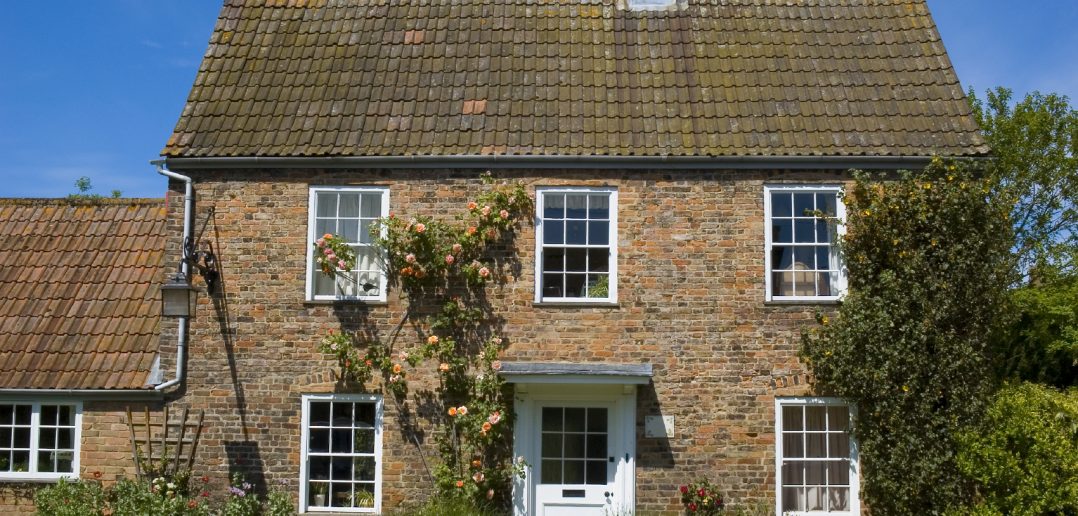Purchasing a listed building generally means you are buying a property of historic interest. But there are some things you must consider such as defects, damp, decay and adherence to the legalese involved in owning such a building.

What a listed building is and what you can do to it
A listed building is one that is on the National Heritage List for its ‘special architectural or historic interest.’ The owner has the responsibility to protect the character of the building should there be any renovations or upgrades.
Buildings constructed before 1700 and still in their original state and those built between 1700 and 1840 qualify. A building must be over 30 years old to be listed.
You can’t demolish a listed building, but with expert guidance from the relevant government authority you can make changes. Historic England offers advice for those considering alterations.
Their role is to maintain the character of your building. They can advise on materials and techniques you should use to make any changes to the property. All work must be given consent and official approval.
How to care for a listed building
Most old properties suffer from damp. Certain checks for damp, such as water ingress and blocked and broken gutters and pipes is a good start. Do you need the services of companies similar to Clean Pro Gutter Cleaning Denver in your area? Is the land outside the building higher with a natural fall towards the building?
Rising damp may need the services of a surveyor to check out the problem. It commonly affects buildings made of solid walls and lime mortar that aren’t waterproofed like modern buildings. Modern fixes are not always the answer and can make matters worse.
Decay or damage is a tricky issue, as repair and renovation work must conform to the regulations presented by your conservation officer. If you do decide to undertake some renovation work, you may have to ensure that the building has enough protection before you begin. It could be a good idea to look for scaffolding services in Leeds (or closer to the property location) so they can provide bespoke scaffolding that conforms to the regulations and can provide adequate structural support. There is a Catch 22 situation if the property needs urgent conservation work to preserve the building. You are not legally obliged to do the work but in the case of an emergency, the local authority can enter the property and do the work themselves then seek to recover the costs.
Flooding can strike listed buildings, often due to their countryside locations and older designs. You can carry out preventative maintenance to help this, which can include adding door guards and air brick covers. After a flood, you’ll need to obtain advice from the planning authority’s conservation officer before repairs begin.
Saving energy in a listed building
There’s not a lot of modern energy saving measure in a listed building but some basic maintenance to guttering, ill-fitting windows and checking drafts is a good start.
You can add a modern boiler which is far more energy efficient. You can also insulate the attic and other rooms, but you’ll need planning advice for any larger work.
Double glazing is a great way to save energy, but for listed buildings you may not be allowed to install the more modern style as it can severely alter the appearance of the building.
Listed building insurance
Specialists in insurance for listed buildings, such as Lycetts, will be able to provide practical advice when it comes to legally protecting the building.





